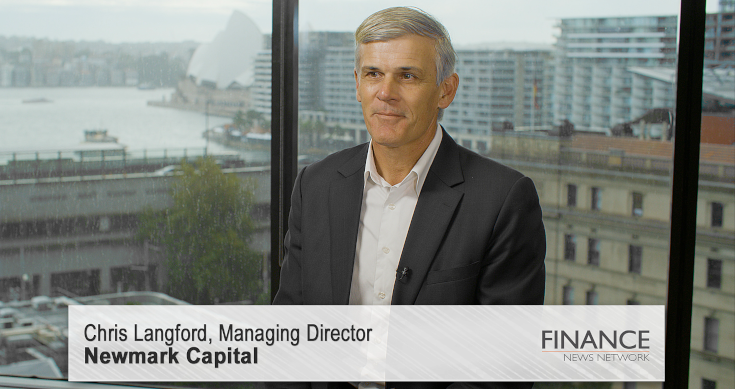In May 2017, the federal government announced their intention to help younger Australians saved for their first home by giving them the ability to build part, or all, of their deposit inside of superannuation.
This initiative was appropriately named the First Home Super Saver Scheme.
The key aspect of the scheme is that it allows individuals to make voluntary superannuation contributions of up to $15,000 per year, and up to $30,000 in total, that can then be withdrawn from super at a later date to help facilitate the purchase of a first home. These contributions can either be made pre-tax or post-tax within the respective concessional and/or non-concessional caps of $25,000 pa and $100,000 pa respectively.
Three important things are worth noting with respect to the type of contribution that goes in:
- Concessional contribution
o Taxed at 15% on the way into super > only 85% invested
o Make up the taxable component > returns on this amount add to the taxable component balance
o Withdrawals from the taxable component are taxed at the person’s marginal tax rate (MTR) less a 30% tax offset
- Non-concessional contribution
o No tax on the way into super >100% of the contribution gets invested
o Make up the tax-free component > returns on this amount add to the tax-free component balance
o Withdrawals from the tax-free component are tax-free
Importantly, while your actual balance may be subject to market forces and returns, the amount of earning that can be withdrawn are not. The earnings are calculated based on the 90-day Bank Bill rate plus 3 percent.
While the Australian Taxation Office (ATO) is generally not involved in the APRA-regulated superannuation sector, they do administer the First Home Super Saver Scheme. They have the following roles within the scheme:
- Assess the eligibility for withdrawal
- Calculate how much can be withdrawn
- Provide a request to the superannuation fund to release funds
- Ensure individuals use the proceeds they withdraw to purchase their first home
Where can this work?
The bottom line with the Scheme is that you or your children could boost the savings rate on a deposit by up to 30% compared with owning that same deposit in one’s personal name. This is a direct result of swapping a personal MTR for the concessional rate in superannuation. To sweeten the deal, there is also a 15% net savings on concessional contributions when you offset tax paid on the way in against tax paid on the way out.
While many people scoff at the potential of the Scheme to assist people in saving up a deposit (particularly Sydneysiders), the reality is that the longer your time frame, the better off you will be.
Take, for example, a 3-year-old child who has a parent place $30k into a superannuation fund for them with the long-term aim of future home funding. Assuming the earnings rate is just 3.5% pa, at age 25 the child would have circa $65,000 to withdraw to help fund a home purchase. This is not even factoring in that the value of their superannuation balance would be over $130,000 at this point.
As with investing generally, the longer the timeframe, the better off you will be as the compounding effect becomes more prevalent.
The key to this one? Plan ahead!








